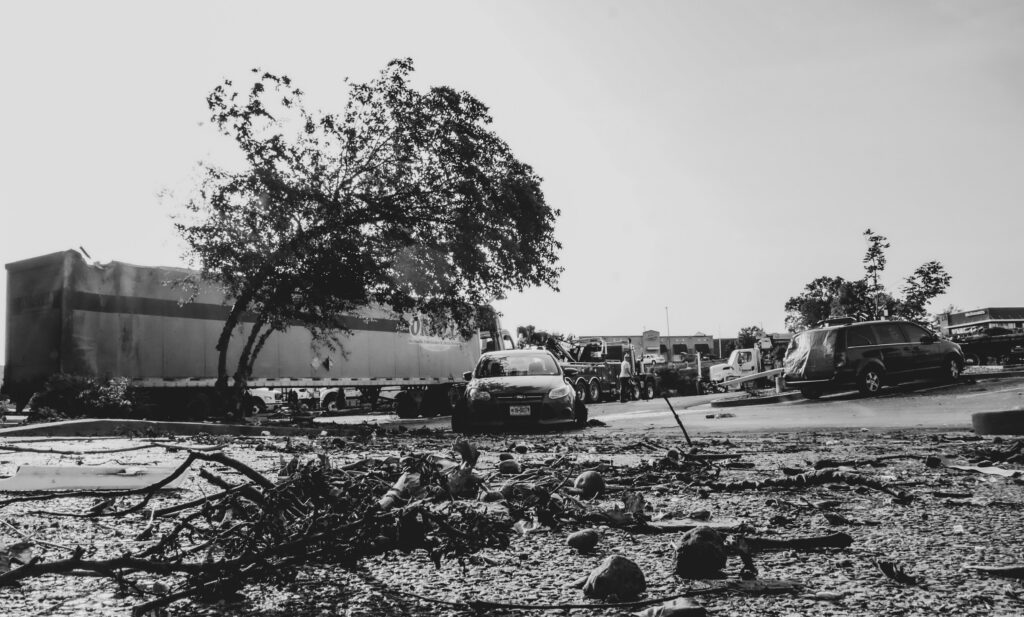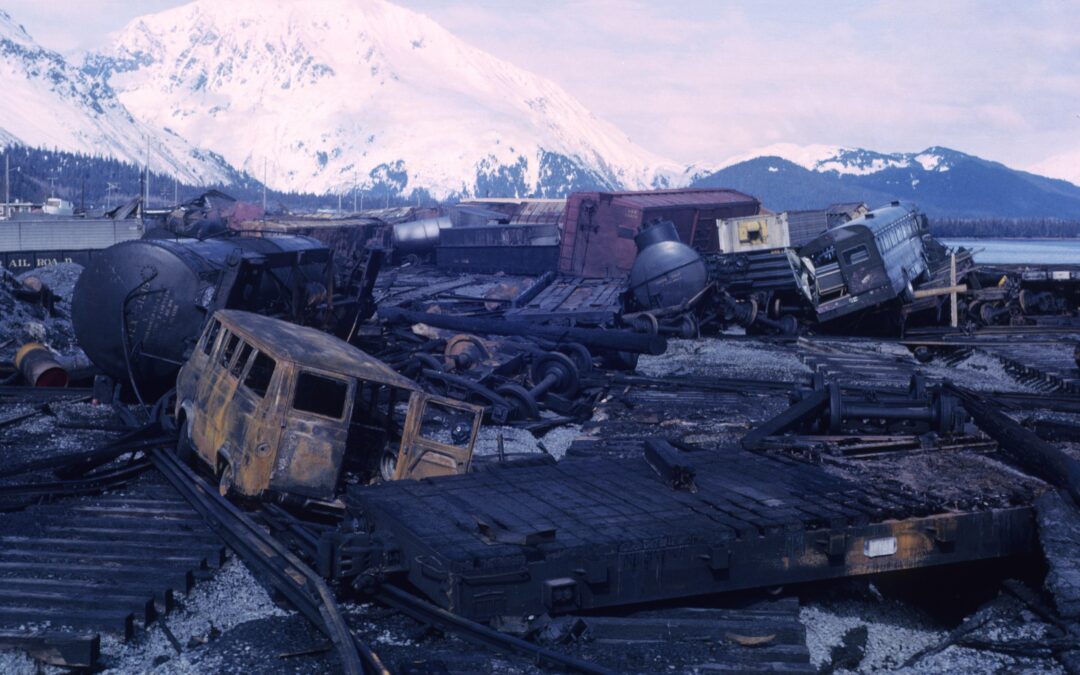The result is that spring has returned once more. Short, dark days have ended, and the weather is warming up. However, when temperatures rise, the snow begins to melt. That includes ice, which can cause severe damage to your property. As the snow thaws, crawl space and basement Flooding is becoming more common in many homes.
The following are some of the potential concerns that could develop as a result of a flooded basement:
- Furniture and flooring have been damaged by water.
- Wood and floorboards that are warped.
- Crawl spaces that have been damaged.
- Drains that have become clogged.
- A fungus infestation.
- Problems with the electrical system.
- Claims and premiums are going up because of insurance policies.
- We’ll take a look at the damage-related difficulties in this guide.
- Flooding your basement can be the cause, and there are things you can take as a homeowner to avoid.
Mold:
Mold is a serious issue that often arises as a result of snowmelt damage to the basement. Black mold can take hold in your basement after a flood. Not only do you and your loved ones face serious health dangers but so do your pets. Mold can grow in your home in a surprising amount of time, as many people discover to their horror.

In just 48 hours, mold can begin developing in the presence of certain conditions of moisture and temperature. You and your house are at risk if mold grows on them. To secure your home, you must address this immediately.
Storage:
Damage to treasured possessions is one of the most heartbreaking and yet most preventable results of a flood. Basements are ideal places to store valuables that aren’t used regularly. Insurers are not able to compensate you for the loss of your cherished family photo album collection.
Your water-damaged photos can’t be repaired by a professional. This awful loss occurs time and time again. Think ahead if you have a small home, and your basement is the only realistic option to keep it clutter-free. Should use secure plastic totes or boxes instead of cardboard boxes to transport personal belongings. Your possessions will fare better in the event of a flood.
There are structural issues:
When melting snow leaks into your basement, the problem isn’t only mold. The structural damage caused by mold might be significantly more costly than any mold-related expenses. The walls of your basement have let water in. And while it does so, the concrete and other elements are consumed.
Most likely, moist walls will weaken and come down. Even if your house isn’t destroyed, the expense of rebuilding it will be too high. Because of this, there are ways to reduce your risk of being impacted by spring Flooding.

Observe the Water’s Temperature:
Preventing a flood is another simple technique to keep your losses to a minimum. If flood warnings are issued, don’t just wait around and hope for the worst. Take action. That is if you believe the thawing snow may cause Flooding in your basement.
Before a tragedy strikes, it’s best to get rid of all of your basement’s belongings, including any valuables. Simply putting objects on high shelves in the basement will help protect them from Flooding.


Recent Comments